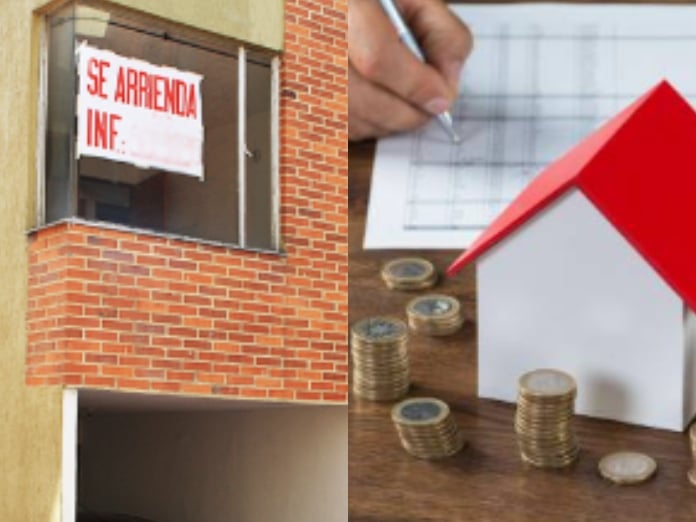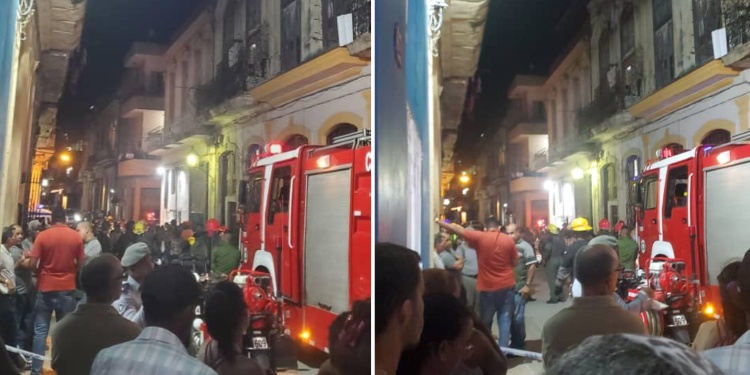In order to monitor rental prices for residential and non-residential properties, El Libertador, together with the Executive Directorate of Economic Studies of Davivienda, has launched a new index.
News Colombia.
A recent report, in collaboration with Davivienda, indicated that rental prices increased by 11% in 2024. The Libertador-Davivienda Rent Index (ELDRI) will allow the analysis of the behavior of rents over time.
Read also:
This index was designed to evaluate residential and non-residential properties in the cities where El Libertador has a presence.
As for residential properties, those of strata 4, 5 and 6, while non-residential properties of all types are considered.
According to ELDRI, in June residential property rentals continued the slowdown that began in January 2024.
Lease rates increased 10.8% for apartments and 11.0% for houses.
This trend was expected, as rental prices have been progressively adjusted during the year, reflecting the inflation of the previous year (9.3%), lower than the 13.1% of 2022. These variations are expected to continue to slowly decrease in the remainder of 2024.
Why the increase in the rental fee?
In terms of annualized sequential growth using the seasonally adjusted series, in June the ELDRI growth rates were 11.0% for houses and 10.3% for apartments, figures lower than those of the same month in 2023 (13.6% for houses and 12.7% for apartments).
Analyzing the June ELDRI for the main cities, Cartagena leads the deceleration of rental prices, with annual rates of 8.6% for houses and 9.2% for apartments.
In contrast, in Bogotá, Barranquilla, Cali, Medellín and other cities, rental rates for houses exceed 11% annually.
For apartments, Medellín and Barranquilla registered an annual growth of 11.0%, followed by Bucaramanga with 10.9%.
Segmenting the sample of residential properties by quintiles according to the value of the rent, in June the highest quintiles showed the greatest annual growth in both houses and apartments.
In homes, quintiles 5 and 3 showed increases greater than 11% annually, while the first quintile had a variation of 10.1%.
For apartments, quintiles 4 and 5 showed the greatest growth, while the first quintile had a variation of only 9.8%.
Non-residential property
As for non-residential properties, the ELDRI June showed an annual increase of 12.5% for warehouses, 12.1% for retail stores and 11.7% for offices.
The analysis of the non-residential real estate segment in June for the country’s main cities showed that, in local areas, the majority registered annual growth greater than 11%, except for Bucaramanga with a growth of 10.5%.
In offices, Cali stood out with an annual variation of 13.6%, followed by Medellín (13.1%) and Barranquilla (12.0%), while in Cartagena the increase was less than 10%. In warehouses, Medellín and Cali presented the highest annual increases, both with 12.9%, while Cartagena again stood out for its lower growth (8.3%).
These would be the rental prices for 2025
Rent prices in Colombia will rise, but differently, given that inflation is expected to close 2024 at 5.5%.
That is, if a tenant is paying around 1,500,000 Colombian pesos, the increase will be around 82,000 pesos.
What factors influence the increase in rents?
Consumer Price Index (CPI): The CPI is an essential indicator that measures the change in prices for a basic basket of goods and services. When the CPI increases, property owners tend to adjust rental values to compensate for the increase in their own living costs.
Housing demand: Urban growth, internal migration and population growth are generating a greater demand for housing, both for purchase and for rent. This high demand is pushing up prices.
Restricted offer: The shortage of rental housing, especially in central or high-demand areas, is also contributing to rising prices.
Can read :


















